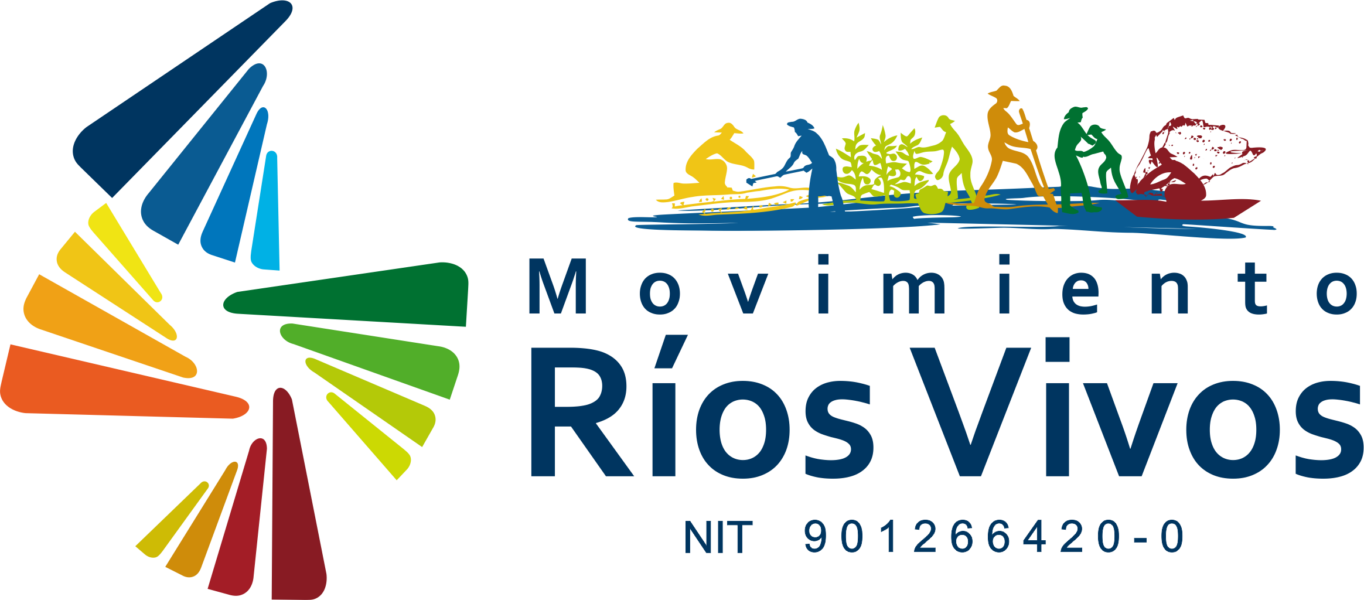Rios Vivos was born to allow hope to flow.
We are a movement for hope.
We were in a “critical condition”, violence had deprived us from hope and some affected people started to see “the illness” (the dam) as the only possible solution. After so much pain, the massacres, the bombs, the control imposed by armed groups in the region and our destroyed dreams we believed that there was anything else so similar to terror until Hidroituango emerged. This project caused a lot surprise to people in the area due to the strategies that were used to push the project forward: threats, stigmatisation, persecutions, restrictions of movement, forced displacements, dispossession. However, the worst part is the permanent sorrow that we have been forced to live with as we do not know what is going to happen with our lives.
Initially we thought that the idea of protesting against this “monster” was crazy, that we were going to be killed or incarcerated in the first attempt. Some still think that way, and they have reasons to do so, given what we have gone through: kidnappings, persecution and tensions with authorities as the Police and the Military have prevented the affected people from gathering together, or having clandestine meetings in coffeehouses or parks. Some claim that even if we remained silence, we could end up murdered, that doing nothing could not guarantee that we remained alive, that life in this region has always had low value. The deciding moment for the movement was the murder of our social leader Nelson Giraldo following which, many of us felt that at least some people had got to learn what is going on in our region.
Little by little we have lost fear. A few people took part in the first general strike. They organized demonstrations and blocked the main road preventing the project’s machinery to arrive at the region, thus making the Public Companies of Medellín (EPM by its acronym in Spanish) to pay at least for a few minutes for the destruction of our mountains. Later on, more people joined the demonstrations; they came down the mountains overcoming a long state of lethargy caused by years of hopelessness; the people of our movement woke up from a long nightmare which felt like a coma. We did not know what to ask for, neither how to reach agreements, this has been the hardest part for us to learn. We lacked a roadmap; we did not have a clear horizon.
We were there at the Toledo Valley in tension and expectation; we were hundreds without counting the police officers and soldiers which have already arrived to assert their power and to solve with violence the violence they themselves have produced. Some called the Anti-Riot Police Force’s officers (ESMAD by its acronym in Spanish) – who had never been seen in these lands before – ‘robots’ because of their uniform and the way of walking;
